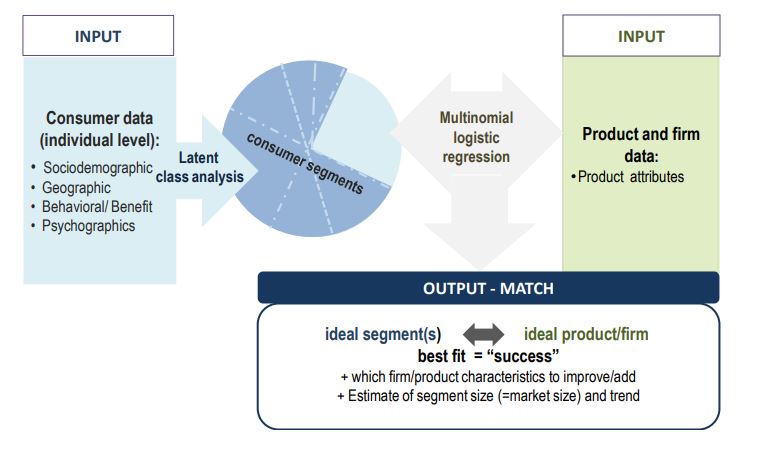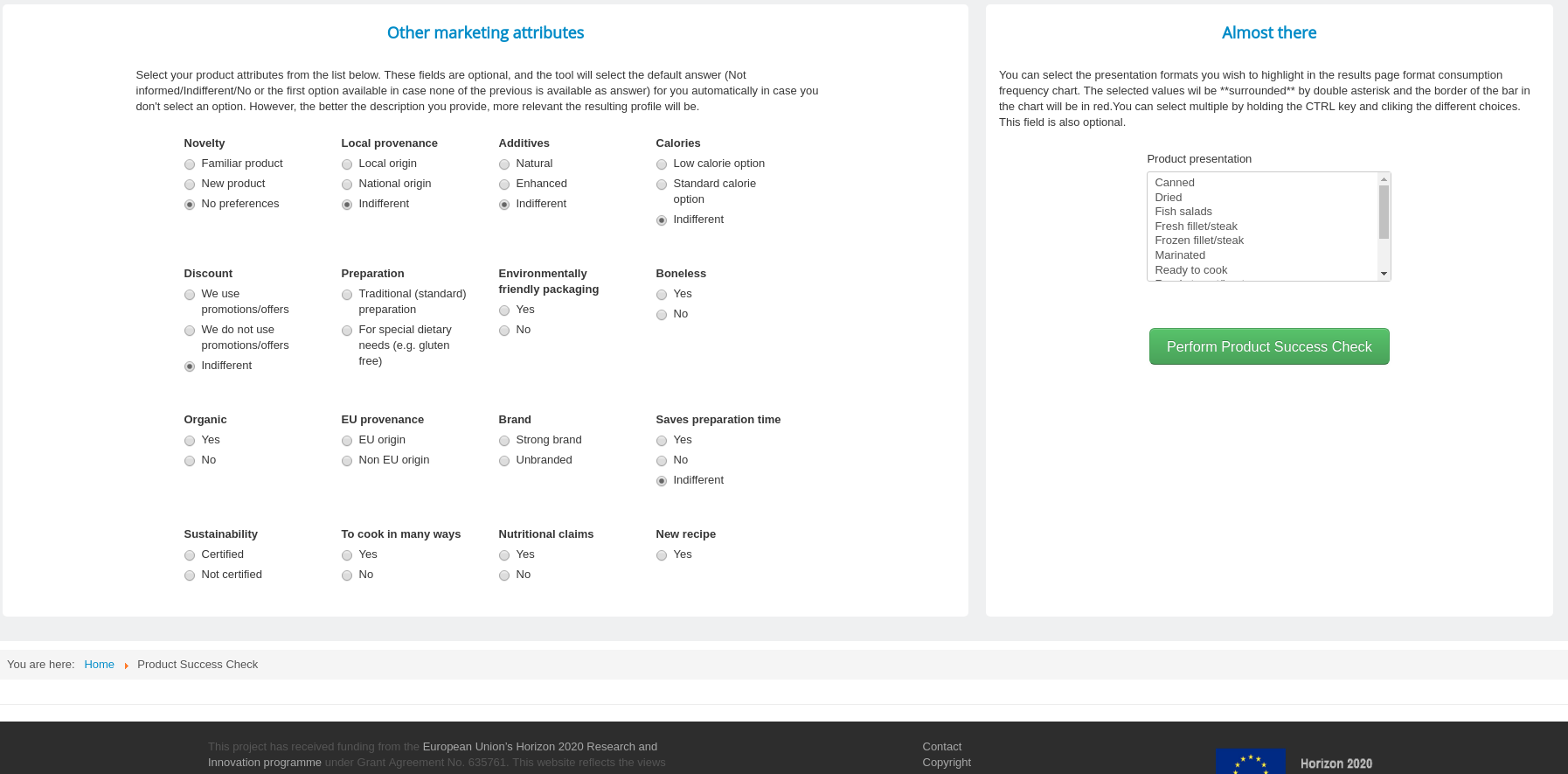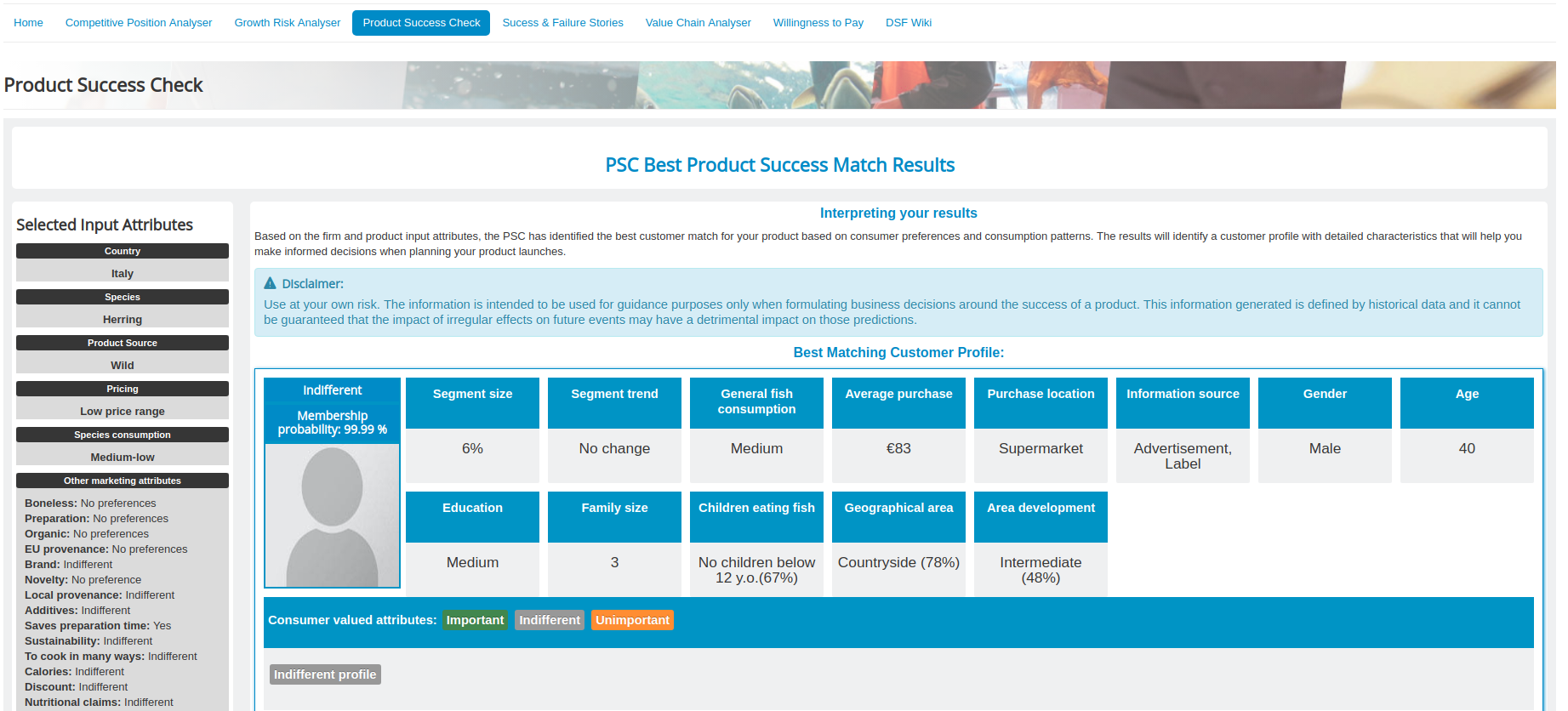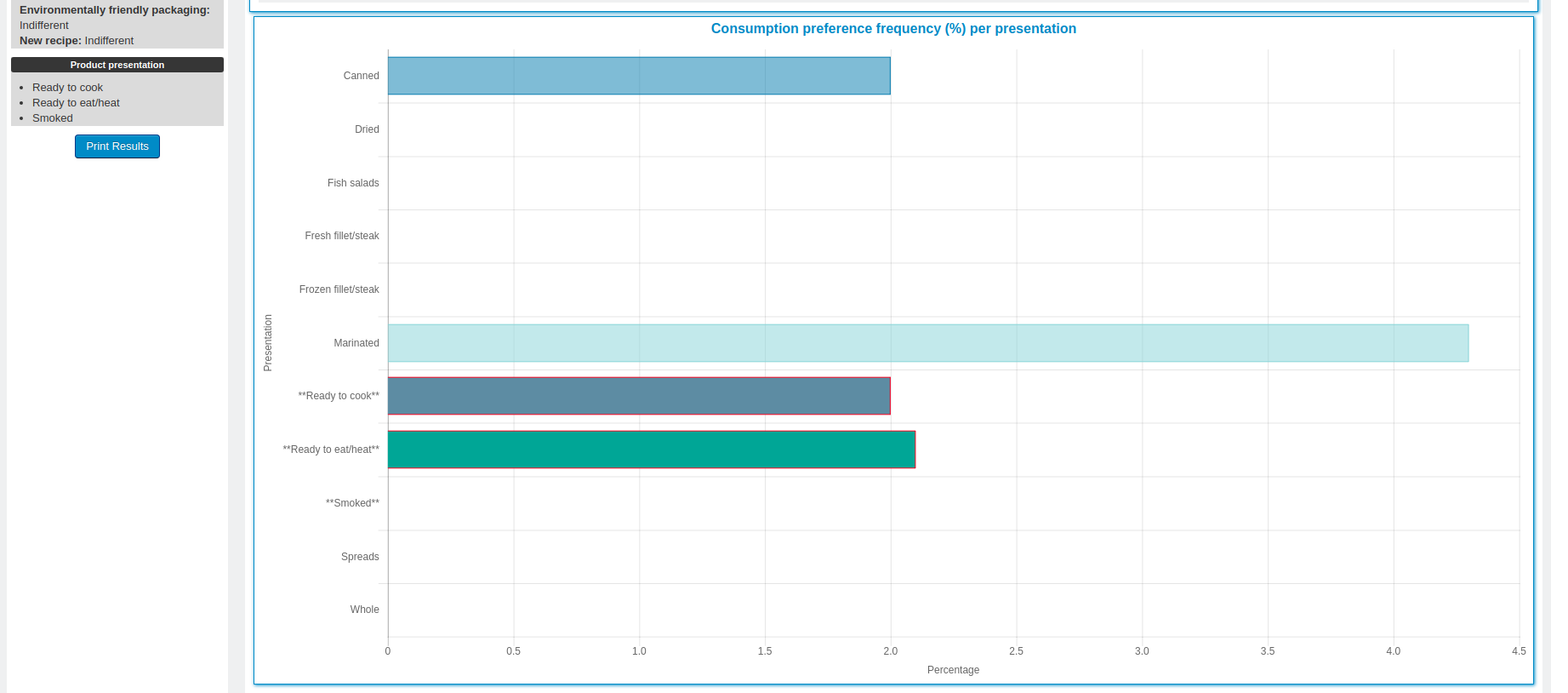PSC
Contents
Product Success Check
Introduction
Consumers are too numerous, dispersed, and varied in their buying requirements to make it possible to serve all efficiently and in the same manner. At the same time, in today’s competitive landscape, companies follow more and more customized approaches to serve and satisfy the consumers which again drives their ever more differentiated wants. As a consequence, markets become “demassified”, dissolving more and more into “micromarkets”, characterized by different consumers purchasing different products in different distribution channels and attending to different communication channels. Segmentation aims at identifying such micro markets, i.e. groups of consumers that share the same expectations and behavioural patterns. The identification of the most attractive micromarkets, i.e. segment(s), for the company and its products therefore is imperative not only for successful commercialization but also for new product development.
Following a strategic approach to markets, the company distinguishes the major market segments based on the profiling of different consumer groups along their wants, consumption and purchasing behaviour; socio-demographic characteristics etc.; targets one or more of these segments; and develops products (and marketing programs) tailored to the profile and expectations of each selected segment.Tailoring starts with an understanding of the customers and providing them with the product and service they expect but, importantly, embraces also price, distribution and communication efforts to reach the target segment efficiently. The firm focus is on the buyers whom they have the greatest chance of satisfying. Having satisfied customers is at the basis for company success and the first step to repeat purchase and customer loyalty.
Evidence for new product development or new product commercialization success factors shows that the analyses of market segments, targeting, positioning and the alignment with the firms’ offer and resources are crucial to both new product development and new product commercialization. It follows that segmentation helps companies to navigate an increasingly competitive market, to understand their customers better, to develop offerings that satisfy specific wants, and to address diversity in an efficient manner.
The approach to developing a robust model to analyze the likelihood that new seafood product launches will be successful follows this perspective. We develop both country specific consumer segmentations in Italy, Germany, France, Spain and the UK, as well as an overarching European segmentation useful for companies that are innovating and developing new fish products or have fish products on offer and would like to improve their commercialization. The segmentations are based on latent class analyses of representative samples of consumers (800 in each of the five countries) who replied to an online survey in June-July 2017.
Although the segment profiles by themselves are informative, the methodology used contains an additional step in order to help the company select the most appropriate target(s). In this second stage, multinomial regression matches product (and firm) attributes with the most attractive consumer segment(s). A comparison of the segment, i.e. consumer profile, with the product attributes will further inform the company on how to improve the product and/or its marketing effort in order to tailor more closely to segment wants and characteristics and ultimately launch and commercialize successfully. Figure 1 gives an overview of the success analysis model.
Figure 1: The success analysis model at a glance
The tool
The PSC tool is being developed as a proxy for the multinomial regression algorithm created as a result of the research phase of the project. It presents the user with an interface to select the variables to be used in the algorithm which will calculate the profile and consumption probability of the product being analysed, and display to the user the results in a graphical, user friendly form.
PSC home page
The suer can access the PSC tool home page by clicking the quick access link in the DSS homepage or by clicking the appropriate link in the top navigation bar.
PSC home page
Once in the PSC home page, the user must initially select 5 different attributes for the product being
analysed in the Product attributes section. These are required attributes and must be selected before
being able to see the results. Once these attributes are set, the user can additionally select
more detailed attributes in the Other marketing attributes sections to increase the relevancy of the
resulting analysed profile. Optionally, the user can also select preferred presentation formats in the
selection box above the Perform product success check button, which will then be highlighted in the
results page preferences graph.
Behind the scenes, when the user clicks the button to perform the PSC, the tool wraps the attributes chosen by the user and hands over to the R language script developed in the research part of the project, which in turn calculates the multinomial regression for the given attributes and returns the results to the DSS tool.
The results
PSC results page
After a user click the button to perform the product success check, the results page will be displayed containing the description of the best matching consumer profile for the analysed product, as well as a graphical comparison of consumption probabilities for different product formats. The presentation formats selected in the previous page will be highlighted in the graph, and the selected attributes used for the regression will be displayed in the sidebar on the left.






